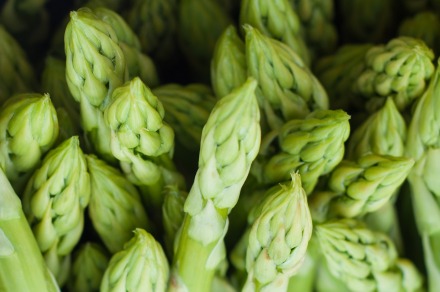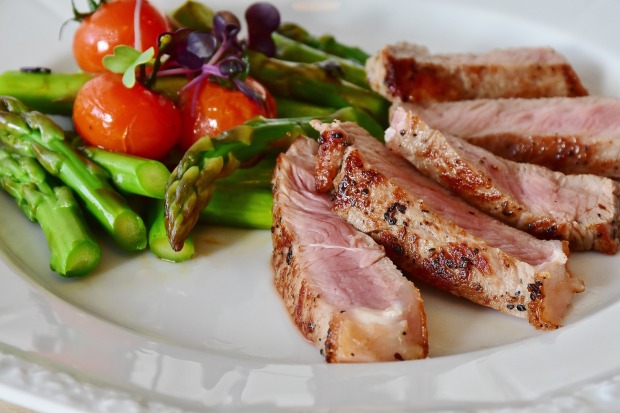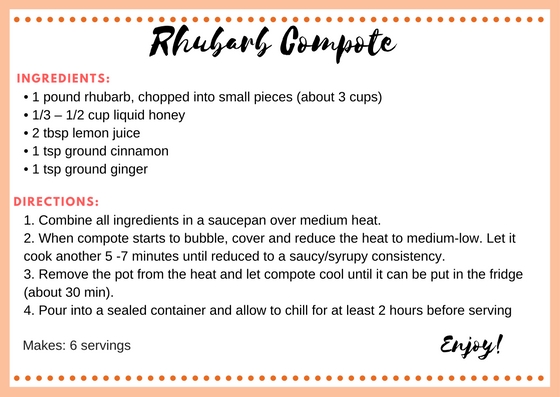There is nothing quite like the smell of freshly baking bread. The moment I say this you know what I mean. It casts a spell, stimulates the senses, lifts the spirit and has an overall incomparable effect on the human psyche.
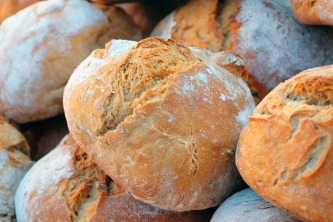
Bread is one of the principal and most important sources of nutrition ever known to human beings. It has been with us since the beginning and, in many ways, it was a spark for the growth of all civilization. There is much more that lies behind the bread you contemplate at the bakery; that you slice and toast for breakfast; that you pack or pick-up for lunch; or even the ordinary dinner roll. Where did it come from? How did it all come to this? Questions that lead to a fascinating story.
The domestication and cultivation of grains like wheat caused our nomadic ancestors to become stationary. This was a revolutionary lifestyle change. The discovery of bread making closely followed. Non-leavened flat breads (think of Indian naan or chapattis, Middle Eastern pitas, Mexican tortillas) were the first types of bread, produced by mixing flours with water to make a paste and then heating this to bake bread. This method made food more compact, easier to store and transport, and last longer. But bread making did not stop there.
The first recorded leavened bread (what you see now when you visualize bread) is traced back to ancient Egypt around 3000 BC. It was the discovery of yeast, also used for making beer, changed the course and preparation of bread forever. Apparently, the discovery of leavened bread was accidental, occurring when an air-born yeast randomly landed on some unbaked bread, thereupon reacting and catalyzing a transformation in the process of bread making. Yeast produces carbon dioxide gas which is what gives bread it’s puffiness. From there leavened bread became the new norm and popular throughout the globe.
Bread has maintained a singularly important role in history, culture and religion. Bread symbolizes prosperity. The bread riots of the French Revolution are infamous. For Christianity the reference to bread is common throughout the bible. In Judaism, the gorgeous braided Challah featured as part of the Sabbath and important holidays. Even in popular culture “bread” or “dough” is synonymous with “money” – again symbolizing abundance and prosperity.
Over the years, the simple loaf of bread has seen many developments and transformations but it has remained integral to survival. The processes of refining flour have been an ongoing mission since the beginning. White flour naturally requires more effort in processing and refining and it was considered a status symbol: whiter, finer breads for the higher classes and darker, denser and more coarse breads for the lower classes. Nowadays, it’s interesting to note how the mindset has shifted to the reverse with current nutrition knowledge promoting the importance of whole grains for their higher vitamin and mineral content.
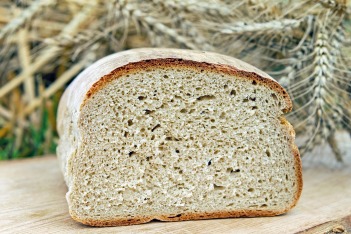
Considering where it has come from and where it is at today, it will be interesting to see what lies ahead in the story of bread. Unfortunately, the question always arises – have we gone too far? The addition of preservatives, high amounts of sugar and over-processing is stripping bread of the simplicity with which it started and the nutritional advantages with which it served our ancestors. In Canada from 2006 – 2011 there was limited or stagnant grown and some decline in certain sections and specific bread products. Nevertheless, innovation has always been an important hallmark in the history of bread. Already we have seen the diversification of special products and flours made from grains other than wheat, owing to the massive dietary shift to go gluten-free. Artisan breads are seeing a comeback, and they are more similar to what our ancestors would recognize as bread.
One thing is certain, awareness is of first and foremost importance. Realizing how the decisions we make affect our health and the power we have to make decisions for our own health and well being and champion change for ourselves, our families and our food systems.





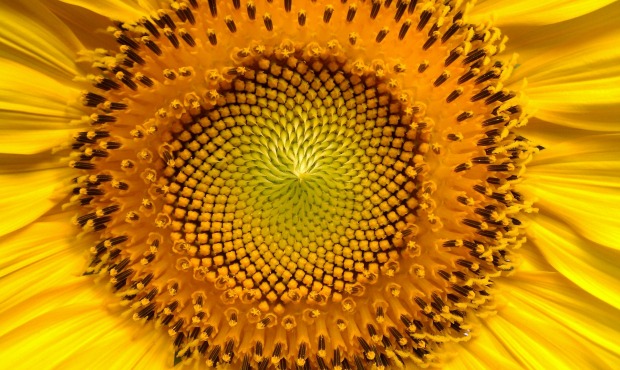






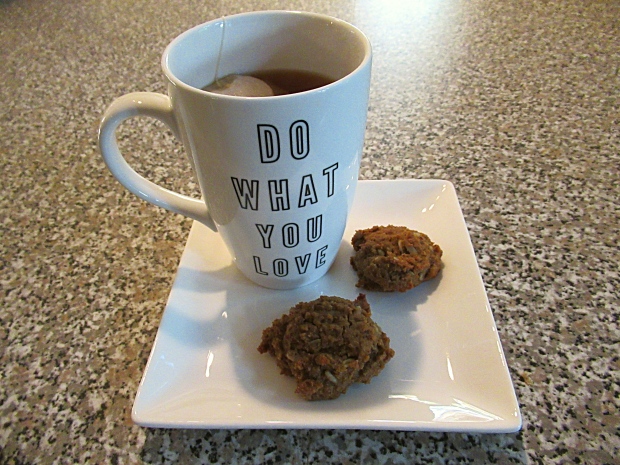
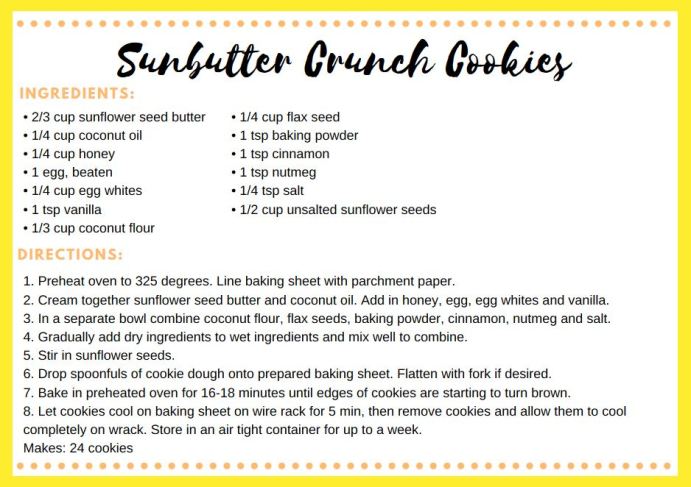





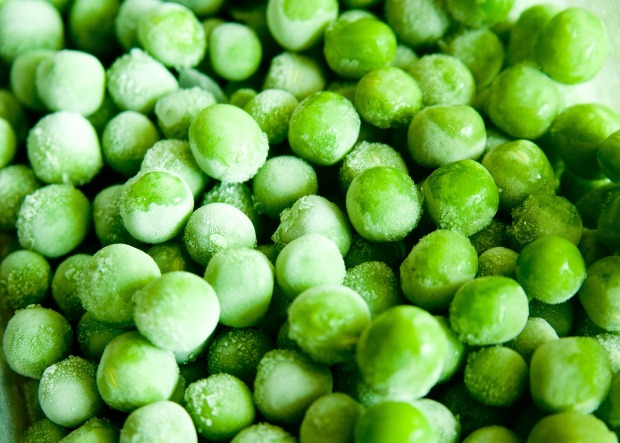




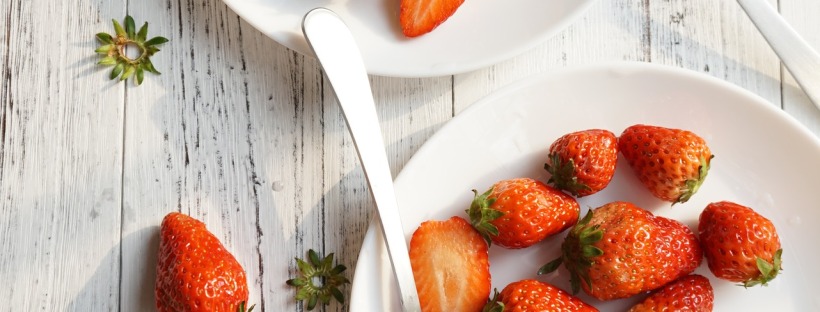


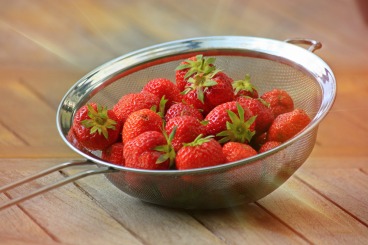

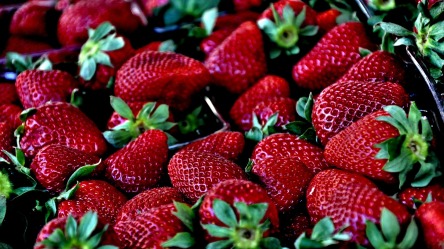



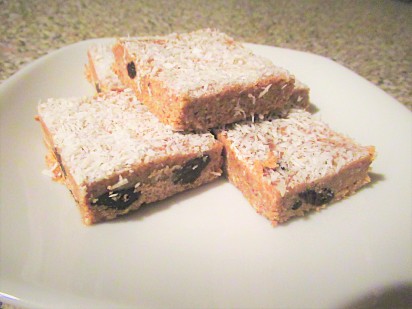
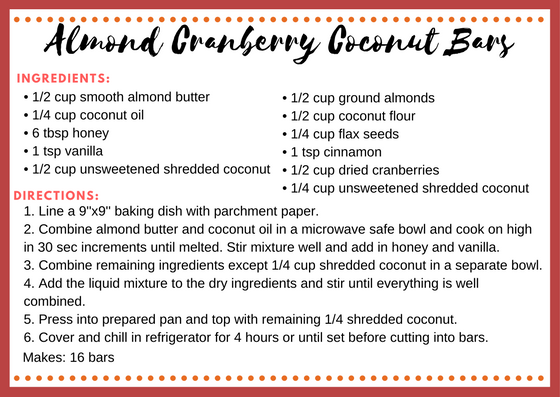

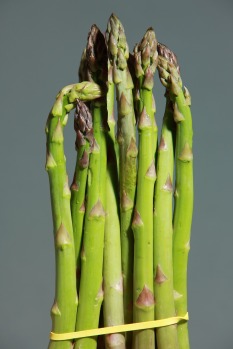 unny spiky leaves. it’s been called the “aristocrat of the vegetable” for it’s regal appearance as well as its popularity with the nobility, from Roman emperors to King Louis XIV to name a few.
unny spiky leaves. it’s been called the “aristocrat of the vegetable” for it’s regal appearance as well as its popularity with the nobility, from Roman emperors to King Louis XIV to name a few.